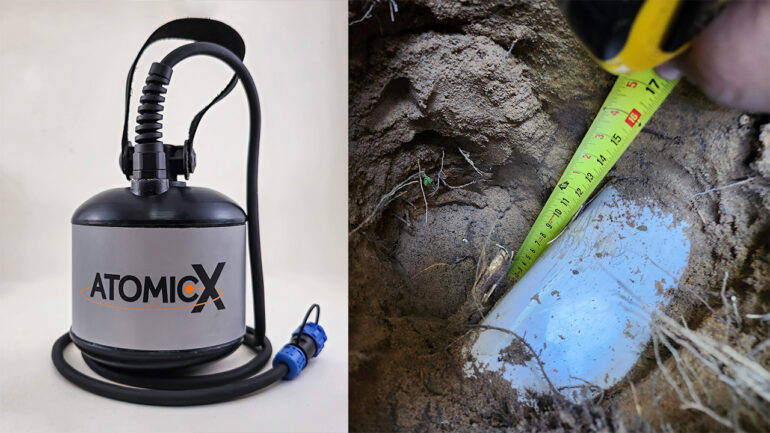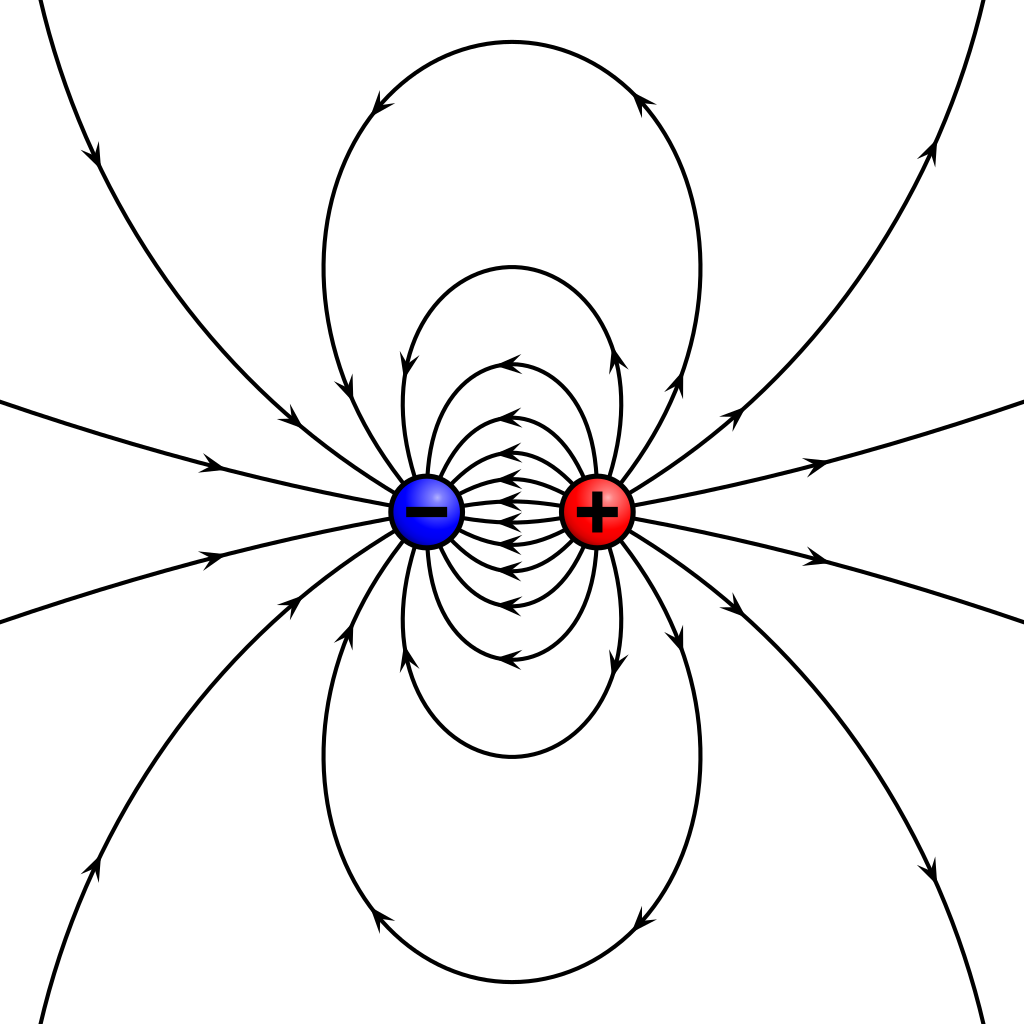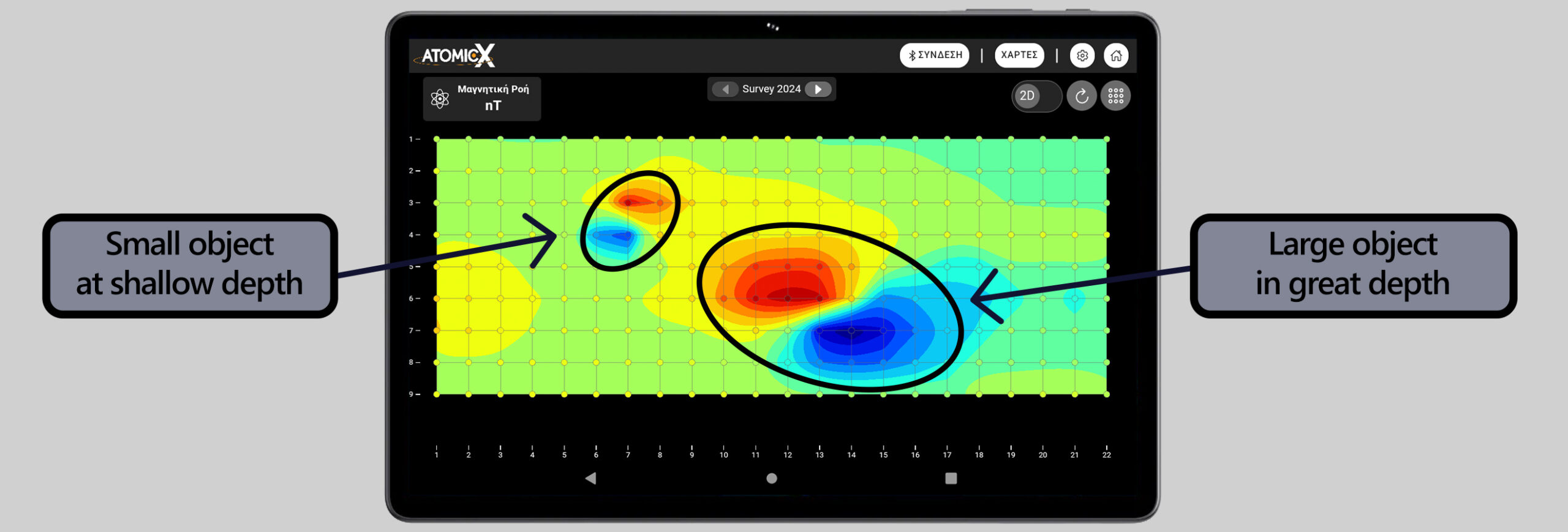Utilizing Proton Magnetometers for Metal Detection: A Detailed Analysis

Metal detection technology has advanced remarkably over the years, and proton magnetometers (PPMs) have emerged as a sophisticated solution for identifying buried metallic objects with precision.
Among PPMs, the AtomicX Proton Magnetometer represents the cutting-edge, making geophysical surveys, archaeological exploration, and even underwater detection more accessible and accurate.
In this article, we will delve into the principles behind using proton magnetometers for metal detection and more specifically why metallic objects create magnetic field anomalies and why the precision of instruments like the AtomicX PPM is critical for successful metal detection.
Why Metallic Objects Create Magnetic Field Anomalies?
Every buried metallic object creates a magnetic disturbance in the surrounding magnetic field. These objects often behave like magnetic dipoles, generating a pattern of field lines similar to a bar magnet. A dipole consists of a positive pole (south) and a negative pole (north), with field lines emerging from the positive pole and looping back into the negative pole, as in the image below:

When a metal object is buried in the Earth’s magnetic field, it causes local changes in the intensity and direction of the field. Ferrous metals tend to enhance the surrounding magnetic field due to their high magnetic permeability, while non-ferrous metals can cause weaker changes. These magnetic field changes manifest themselves as areas of positive and negative magnetic variations, which can only be detected by very sensitive instruments.
The ability to detect these subtle changes is crucial to accurately locate the position of buried objects. However, extreme precision is required because these changes often occur in the nano-tesla (nT) range, which is only a fraction of the total intensity of the Earth’s magnetic field, which is about 50,000 nT.
For this reason it is of great importance to choose the right technology.
Why do proton magnetometers excel in metal detection?
When it comes to detecting the tiny field changes caused by buried metal objects, not all magnetometers are the same. Fluxgate magnetometers, magnetometers with hall effect sensors (such as the applications found in smartphones) and other types often fail because they simply lack the accuracy needed to detect the very small changes in the magnetic field produced by these objects.
The limitations of other magnetometers:
While fluxgate magnetometers are useful for measuring low-frequency variations in magnetic fields, they typically have sensitivities limited to the microTesla (µT) range. The same is true of hall effect sensors, which are generally designed to detect only huge variations, with sensitivities similarly in the microTesla (µT) range.
This makes them completely inadequate for detecting the very small changes created by buried metal objects, since 1 microTesla equals 1000 nanoTesla and changes in metal objects can be as small as 20 nanoTesla. This means that such an object would be completely invisible to other magnetometers, since they can only measure changes above 1000 nanoTesla.
The advantages of proton magnetometers:
Proton magnetometers, such as the AtomicX PPM, excel in metal detection due to their superior sensitivity and accuracy. Operating on the principle of nuclear magnetic resonance (NMR), proton magnetometers measure the absolute value of the earth’s magnetic field with exceptional accuracy. They therefore have the following advantages:
Unrivalled sensitivity: proton magnetometers can detect magnetic field changes as small as 0.1 nT. This high sensitivity is crucial for detecting small changes caused by buried metals that other magnetometers cannot detect.
Absolute field measurement: Unlike fluxgate magnetometers and other magnetometers that measure relative variations, proton magnetometers provide absolute measurements of the Earth’s magnetic field. This eliminates the need for frequent calibration and ensures more reliable data.
Durability and reliability: Proton magnetometers are less affected by environmental factors such as temperature changes. This makes them ideal for investigations in difficult or dynamic conditions. The AtomicX Proton Magnetometer takes these advantages a step further, as it also features an unparalleled sensor technology that requires no alignment with the Earth’s magnetic lines and simply works everywhere!
Metal Detection and the Role of Dipole Fields
The magnetic dipole field created by a buried metal object usually consists of a strong positive shift on one side and a corresponding negative shift on the other. This pattern arises because the object is essentially magnetized under the influence of the earth’s magnetic field, creating its own local north and south poles.
Proton magnetometers detect these dipoles by mapping the magnetic field strength over a wider area. To accurately detect and interpret these magnetic anomalies, it is recommended to map a large area. This is because magnetic dipoles caused by buried metal objects can cause subtle changes in the magnetic field, which can only become apparent when a large surrounding area is examined. A large mapped area allows clear visualization of the positive and negative poles generated by the metal object, as shown in the image below.
As you can see, a very large area has been mapped. Most values (green colours) are the Earth’s magnetic field, unaffected. Then, on the ground we buried for testing and demonstration purposes two metal objects, one smaller and one larger, which create the blue and red variations in the map. Essentially the red side is the positive pole and the blue side is the negative pole of each object.
AtomicX PPM is an excellent choice for metal detection because of its ability to process and display this data in real time. The operator can view on the accompanying tablet running the AtomicX app directly the magnetic field map as it is formed, making the survey easy and immediate.

AtomicX PPM is an excellent choice for metal detection because of its ability to process and display this data in real time. The operator can view on the accompanying tablet running the AtomicX app directly the magnetic field map as it is formed, making the survey easy and immediate.
